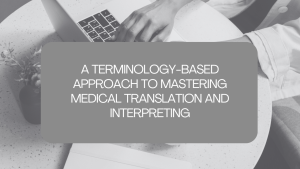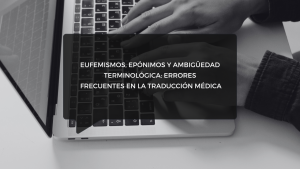Subtitling has become an essential component of the global multimedia landscape, playing a crucial role in making content accessible to diverse audiences across languages and cultures. With the rapid expansion of streaming services, online platforms, and international broadcasting, the demand for high-quality subtitling has never been greater. Here’s a brief overview of what subtitling means today and the technologies, including AI, that are revolutionizing this field.
Global Reach and Accessibility
Subtitles enable content to reach a global audience, breaking down language barriers and making films, TV shows, online videos, and educational materials accessible to non-native speakers. They also provide essential accessibility for the deaf and hard-of-hearing communities, ensuring that everyone can enjoy and understand multimedia content.
Quality and Accuracy
Professional subtitlers strive to balance accuracy and readability, ensuring that the subtitles convey the original meaning, tone, and context while being easy to read and follow. The subtitling process involves careful translation, synchronization with audio, and adherence to stylistic and formatting guidelines.
Technologies Transforming Subtitling:
Artificial Intelligence (AI) and Machine Learning:
AI-powered tools are increasingly being used to automate parts of the subtitling process. These technologies can generate initial subtitle drafts, significantly speeding up the workflow. Furthermore, machine learning algorithms are trained on vast datasets to improve the accuracy of translations and timing, helping to reduce the manual effort required from human subtitlers.
Automatic Speech Recognition (ASR)
ASR technology converts spoken dialogue into text, providing a transcription that can be used as a basis for subtitling. This technology is particularly useful for live subtitling and real-time translation, enhancing the speed and efficiency of the subtitling process.
Natural Language Processing (NLP)
NLP technologies analyze and understand human language, enabling more accurate and context-aware translations. These tools can help with language nuances, idiomatic expressions, and cultural references, ensuring that subtitles are not only correct but also culturally relevant.
Cloud-Based Subtitling Platforms
Cloud-based tools and platforms facilitate collaboration among subtitlers, translators, and editors, allowing them to work together in real-time from different locations. These platforms often come with integrated AI and ASR features, streamlining the entire subtitling workflow from transcription to final editing.
Quality Assurance (QA) Tools
Advanced QA tools automatically check subtitles for common errors, such as timing issues, incorrect punctuation, and formatting inconsistencies. These tools help ensure that the final subtitles meet professional standards and are free from mistakes.
Subtitling today is a dynamic and rapidly evolving field, driven by technological advancements that enhance efficiency and accuracy. For professional linguists, staying updated with these technologies is crucial to delivering high-quality subtitles that meet the growing demands of a global audience. Embracing AI, ASR, NLP, and cloud-based platforms can significantly improve the subtitling process, making it faster, more accurate, and more accessible than ever before.




